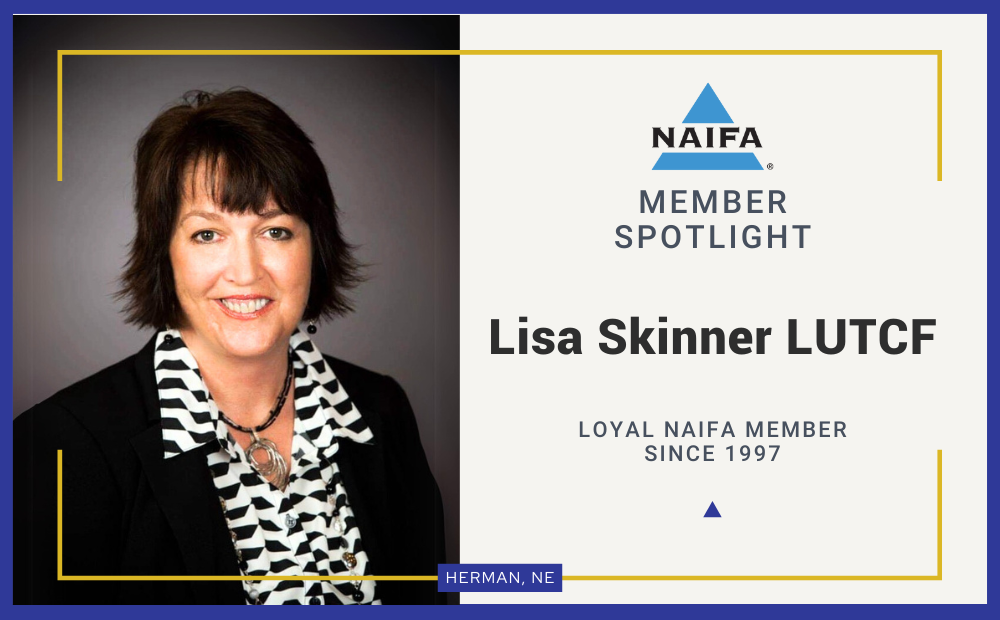Language is one of the most vital tools of the trade.
The challenge of every sales call is to convey an attention-grabbing message that creates awareness and satisfies a need. From the start, you’ve got your work cut out for you—and to do this work, you need the proper tools. Just as every craftsman works with tools, so does the salesperson work with words. Here are some words to consider that will help you make your sale.
No "buts."
When a customer voices a concern, you may hear an objection. If a poor word choice is made in response to the concern, the sale can be stalled, or even lost. By first acknowledging the concern, and then following with the word "but," you effectively negate everything said before it. What your customer hears is the disagreement that precedes an argument. Instead, first acknowledge the concern and follow with the word "and." For example, your customer might comment that the process you recommend sounds complicated. You would respond, "Yes, it is complicated, and with our technical assistance..."
Avoid the phrase "no problem."
As humans, we are delighted when customers show their appreciation for special results and express their gratitude. Some reply with the phrase "No problem." Instead of gaining an opportunity to generate customer satisfaction points, these salespeople have left their customers associating their hard work with the word "problem." When your customer says "Thank you," a productive response would be "My pleasure. I am always happy to help you." Let your customer know that you look forward to helping him or her. This will ensure that the customer will turn to you to solve future problems, instead of turning to your competition.
Keep it simple.
Wordy language can put off customers. Avoid legal sounding words and phrases such as:
- Enclosed, please find...
- Contained herein...
- Thank you in advance for your cooperation...
- Pursuant to your request...
- Under separate cover...
Create images.
Understanding is everything, and selling involves listening as well as speaking. You listen while the customer speaks, and the sale cannot take place without the customer listening to what you have to say. Choose words that make it easier for the customer to hear your message. Metaphors and similes are easy on the ear because they are essentially pictures in the form of words—and thus increase comprehension. A metaphor is when we use a term to symbolically represent something else without using the word "like" or "as." An example could be: "This is the Cadillac of retirement plans." A simile is a comparison of dissimilar things using the word "like" or "as." An example is: "A good financial plan is like a map, illustrating how to reach your desired destination." Paint a vivid picture for the customer, making it easy to conceptualize your message.
As Mark Twain said, "The difference between the right word and the almost right word is the difference between lightning and the lightning bug." Careful selection of the proper words will help you enlighten customers and avoid unexpected jolts.
---------
By Maura Schreier-Fleming
Maura Schreier-Fleming is president of Best@Selling, where she works with business and sales professionals at company and trade association meetings to make selling easier and more productive. She is the author of "Real-World Selling for Out-of-this-World Results." For more information visit www.bestatselling.com, email info@bestatselling.com or call 972-380-0200.








.png?width=300&height=300&name=CC%202025%20Ad%20(300%20x%20300%20px).png)
.png?width=300&height=600&name=Tax%20Talk%20Graphic%20-%20email%20tower%20(300%20x%20600%20px).png)



.png?width=300&name=NAIFA-FSP-LH%20with%20tagline%20-%20AT%20blog%20email%20ad%20(300%20x%20250%20px).png)
.png?width=728&height=89&name=2024%20Congressional%20Conference%20(728%20x%2089%20px).png)
